Top speed 900 km/h Length 11 m First flight August 1944 | Wingspan 18 m Retired June 1945 | |
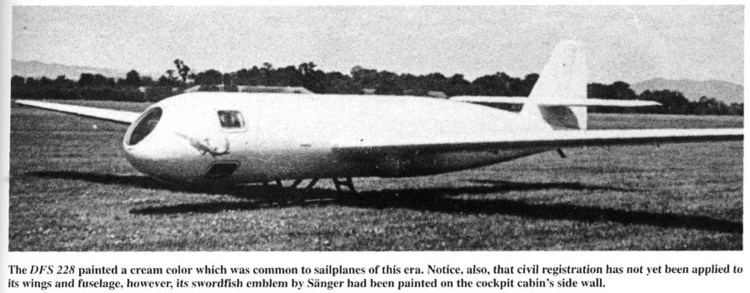 | ||
Manufacturer | ||
The DFS 228 was a rocket-powered, high-altitude reconnaissance aircraft designed by the Deutsche Forschungsanstalt für Segelflug (DFS - "German Institute for Sailplane Flight") during World War II. By the end of the war, the aircraft had only flown in the form of two unpowered prototypes.
Contents
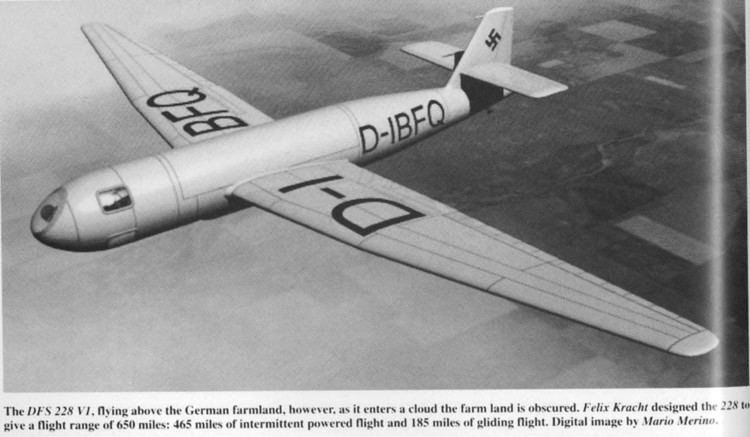
Design and development
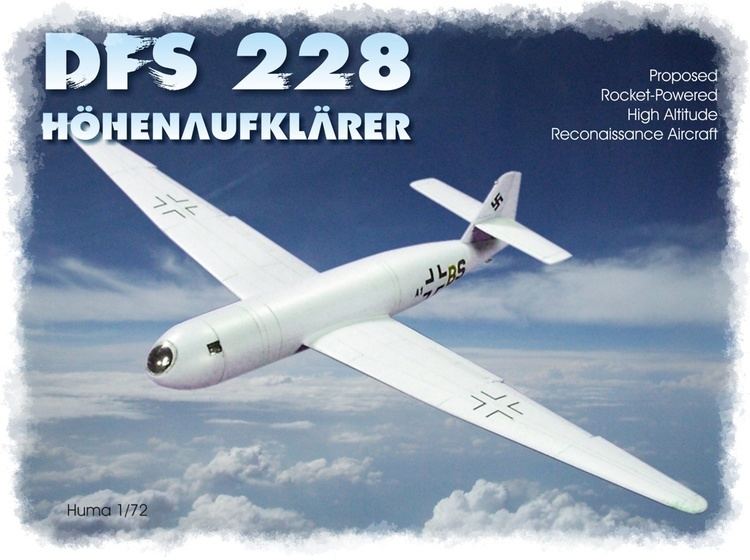
The initial design of the DFS 228 was undertaken before the outbreak of war as a research aircraft, the DFS 54, aimed at developing a high-altitude escape system for sailplanes. The project was suspended by the commencement of hostilities, but was revived in 1940 when the Reichsluftfahrtministerium (RLM - "Reich Aviation Ministry") delivered the DFS with a requirement for a rocket-powered reconnaissance aircraft.
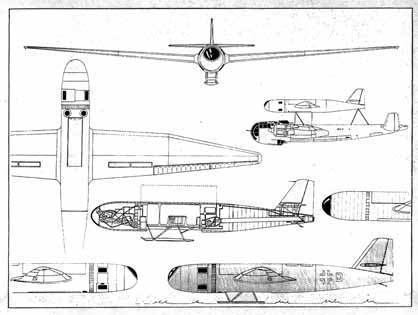
The advantages of a sailplane for reconnaissance included its silence, its low speed relative to the ground (allowing for higher-quality photography), and its potential ability to loiter above an area of interest. The project gave the DFS the opportunity to investigate two additional areas that it was interested in - the effects of wing sweep on sailplane design, and supersonic flight.
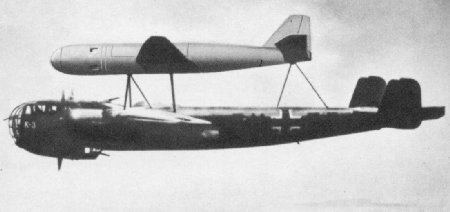
The DFS 228 was designed by Felix Kracht and a first prototype was completed in March 1944 and was undergoing gliding tests by August, carried aloft piggyback, strut-mounted atop a Dornier Do 217. The aircraft was of conventional sailplane design, with long, slender wings, and intended to land on a retractable skid mounted on its belly. The nose of the aircraft could be separated in an emergency, and formed a self-contained, pressurised escape capsule for the pilot. Because of problems with the cabin pressurisation system, the second prototype accommodated the pilot in a prone position.
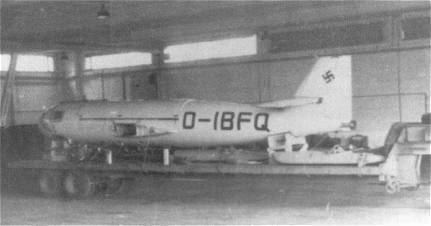
Some forty flights were made with the prototypes, and installation of a Walter HWK 109-509 rocket was to have taken place in February 1945, but the project fell by the wayside as the war situation became more desperate. The second prototype was destroyed in an air raid in May 1945, and the first prototype was captured by US troops in June. In 1946, it was sent to the United Kingdom for study, where it was apparently scrapped in 1947, although its exact fate is unknown.
Variants
Specifications (DFS 228 estimated)
Data from
General characteristics
Performance
